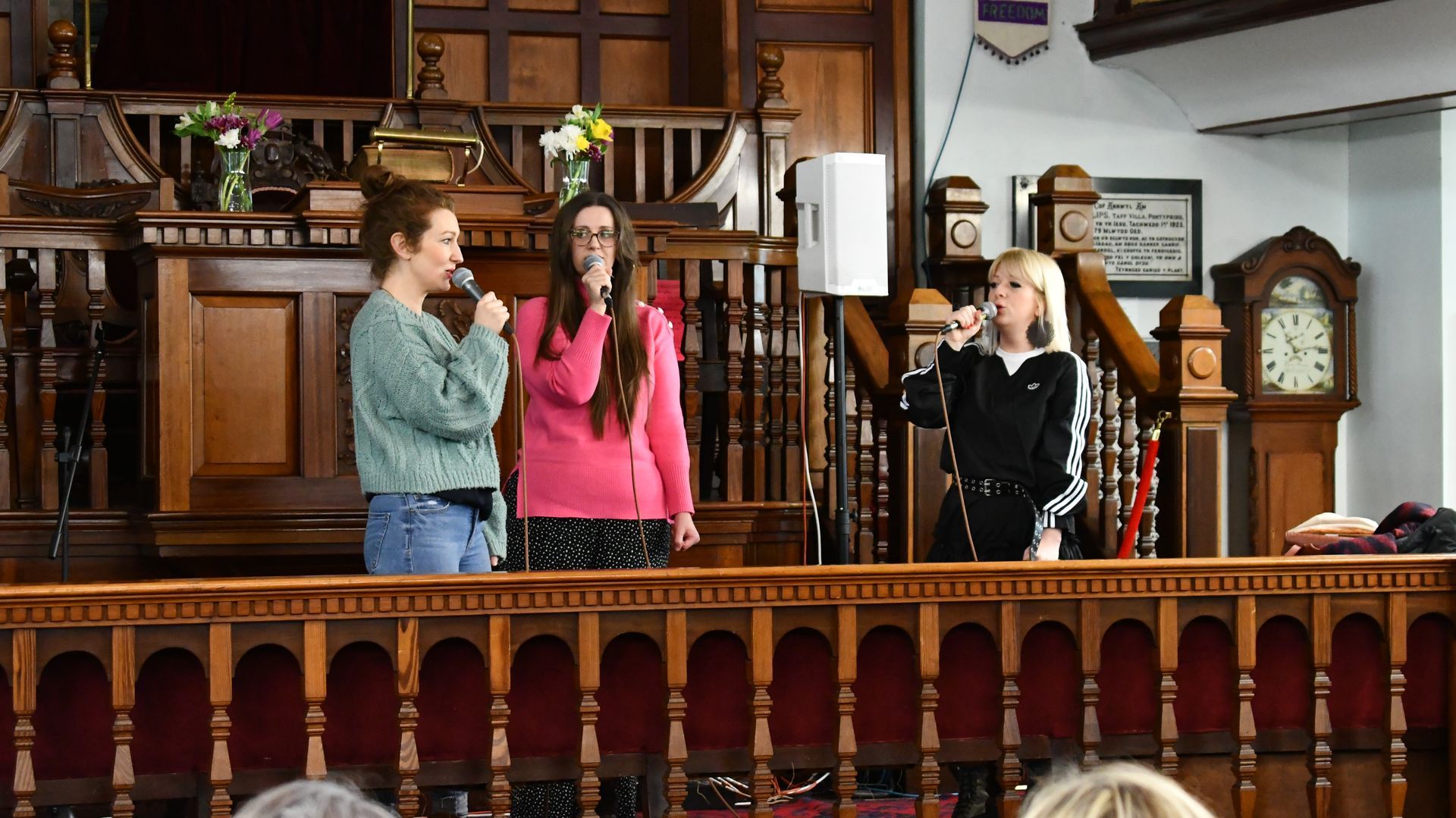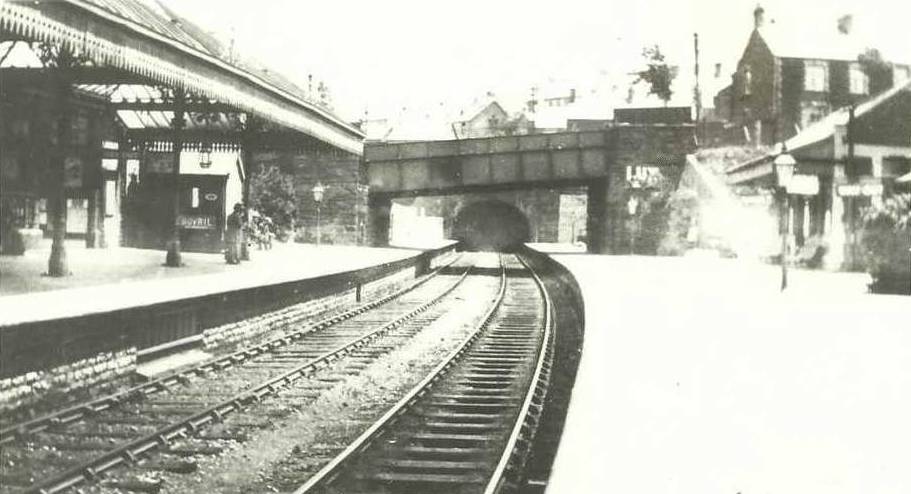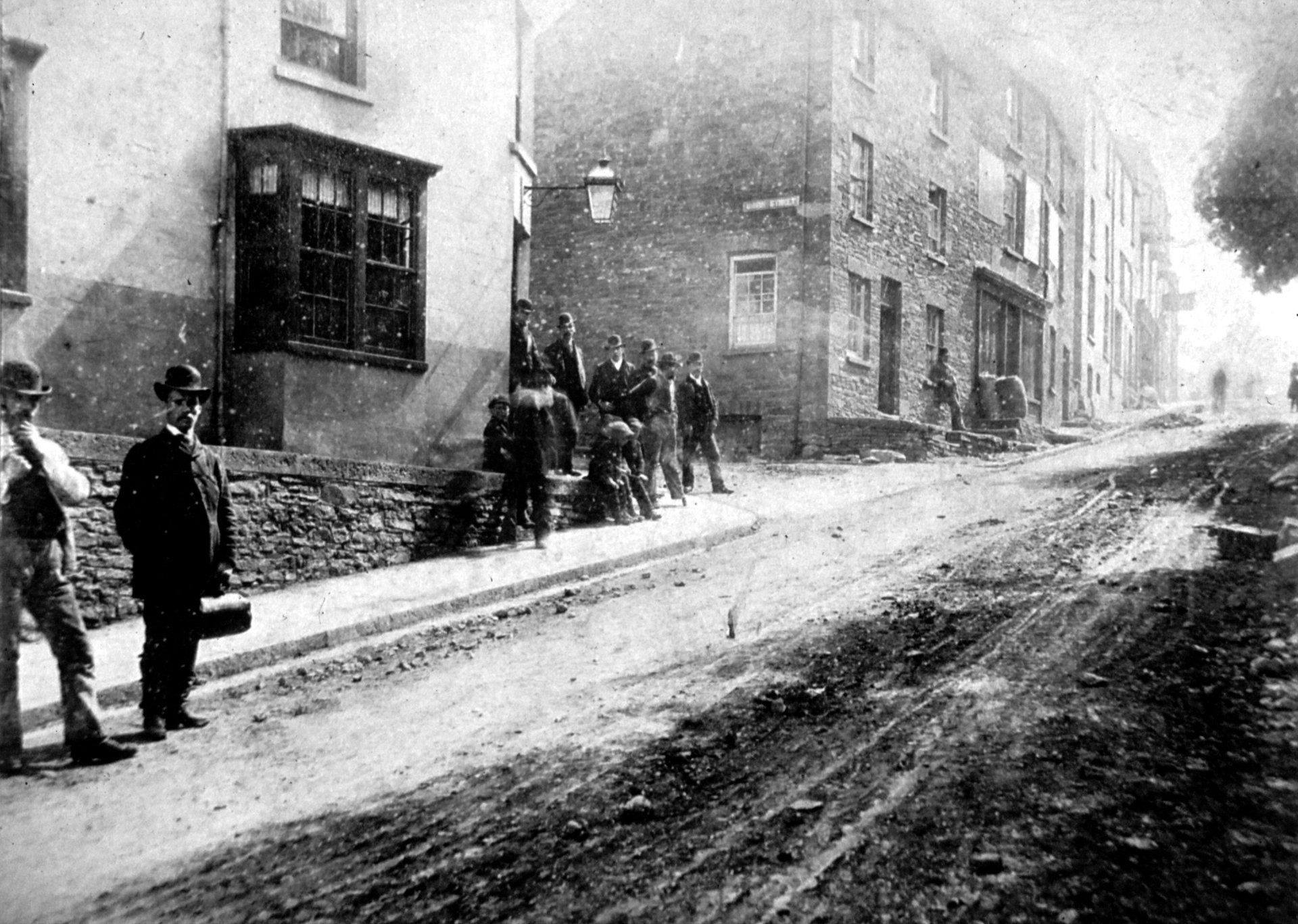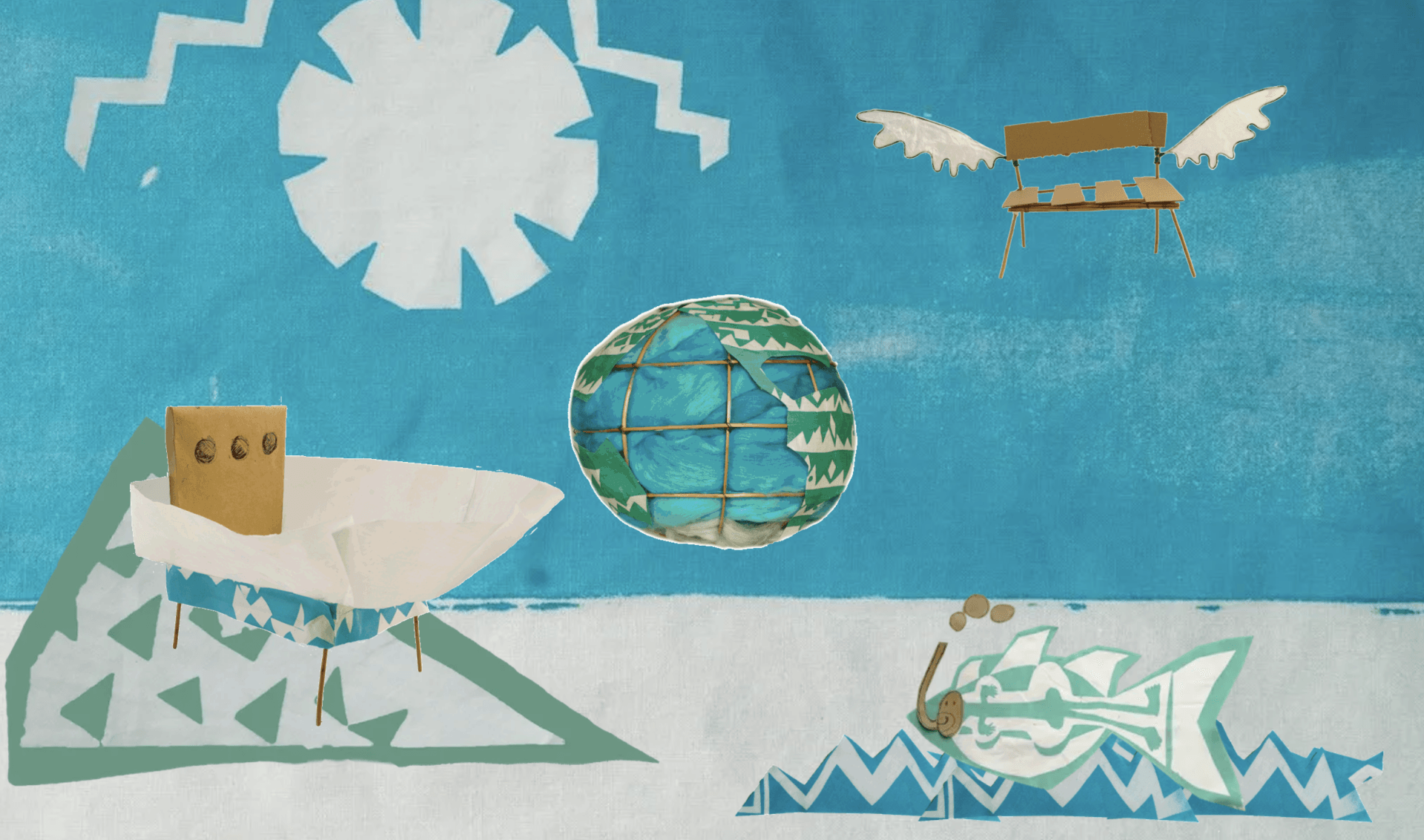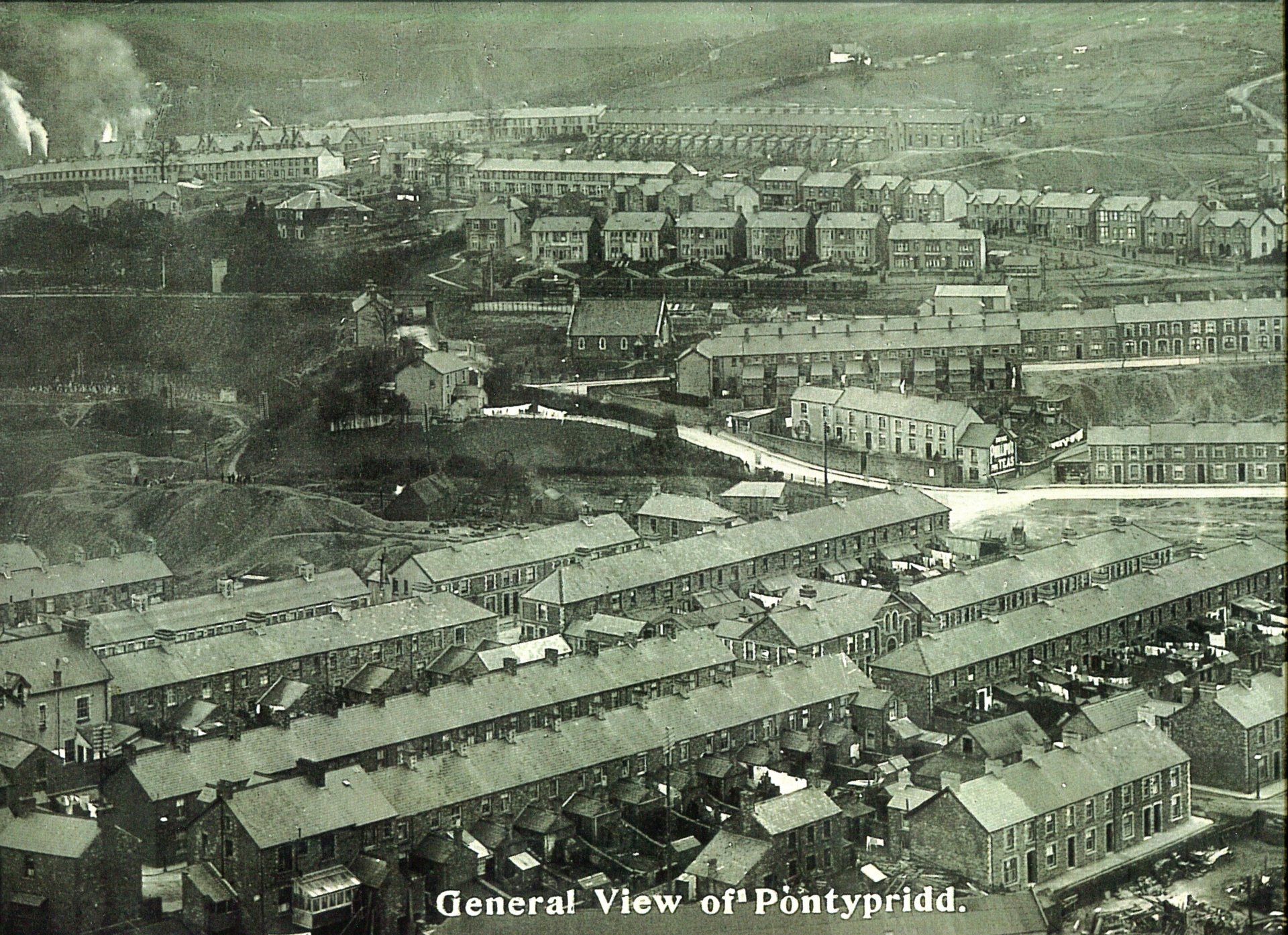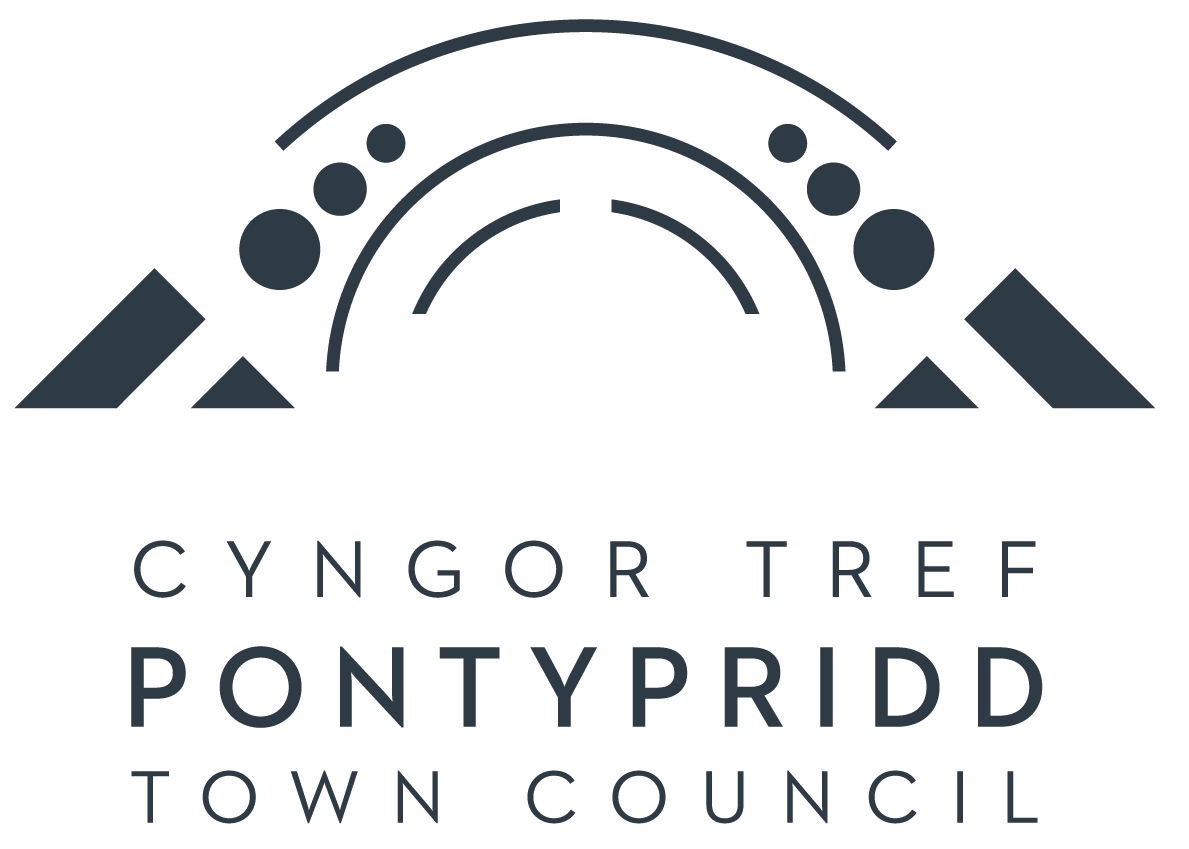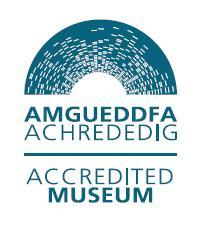Blog
BLOG
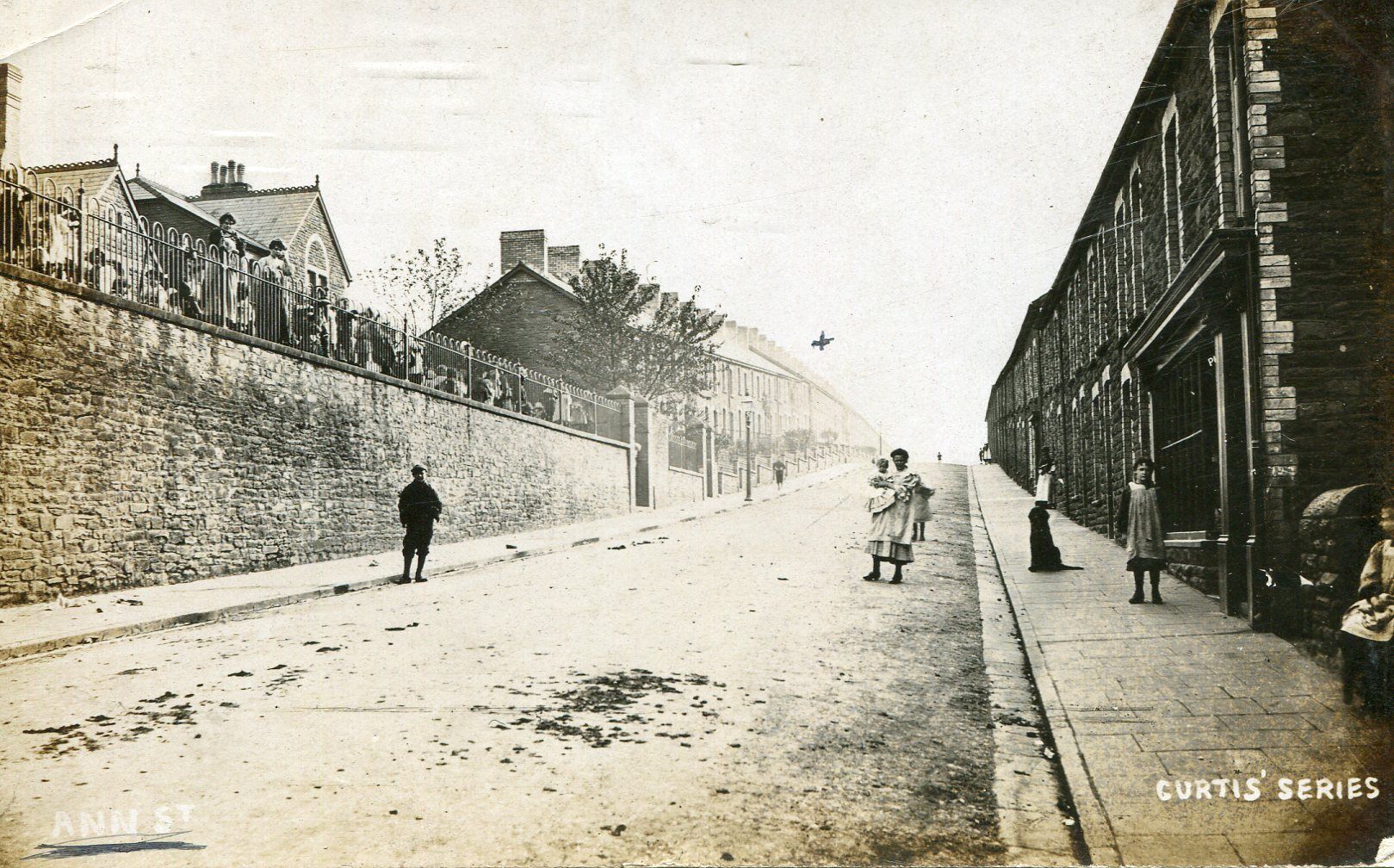
Gan Pontypridd Museum
•
1 Mai 2020
In the second installment of our blog looking at the Museum's oral history collection, Assistant Curator Dave Gwyer turns his attention to the nearby village of Cilfynydd, reflecting on the theme of belonging, through the stories of two women who became pillars of their community.
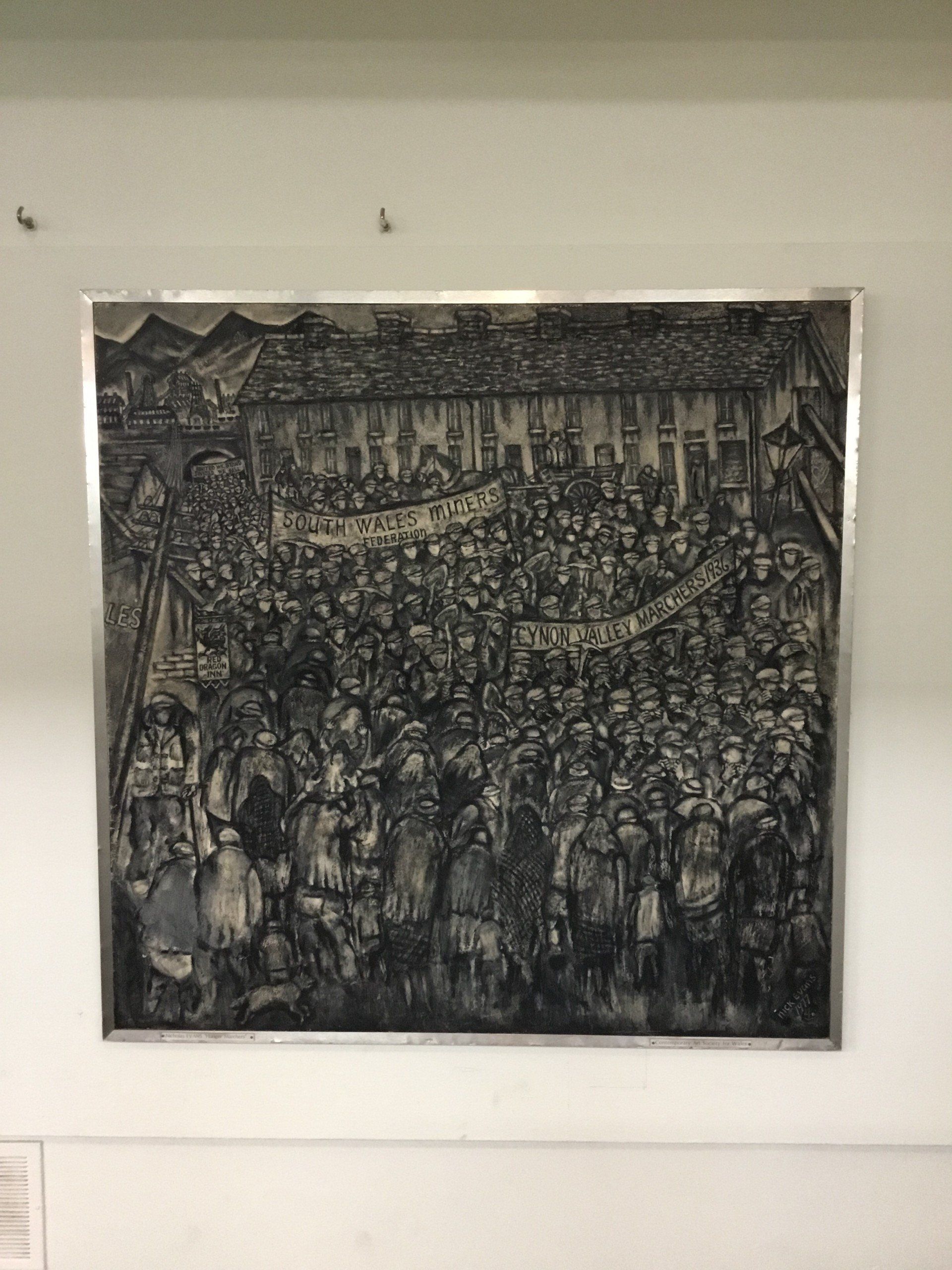
Gan Neil Kinnerly
•
19 Gorffennaf 2019
For work experience, I chose the Pontypridd Museum adjacent to the Old Bridge in Pontypridd. While most other students in my school chose rugby or some arbitrary excuse to stay in school, I felt the need to start to branch out and broaden my horizons. I thought to myself “Well, you’re not going to stay in school forever now, are you?” and so I took an opportunity to both learn about a field of work that may interest me and about my local area. It was an easy choice too, Pontypridd is only a bus fare away from Porth, and the decision was a quick and easy one. As to what I got up to during my work experience, it was a range of different and minor tasks that allowed me, over the course of five days, to learn about how museums run and how they maintain a pristine environment. Though Pontypridd Museum is a small organisation, it does not retract upon the premium guidance I was given. How grateful I am that I chose the museum over something such as being an assistant to a teacher or some other such ploy, to do “work experience” in the same fashion that walking down the street is “hiking”. Overall, my experience was a positive one, as you could guess. There was no greater feeling for me than getting all my daily objectives done and receiving a feeling of satisfaction as I walked out the entrance doors - knowing I did a job well done.

Gan Neil Kinnerly
•
12 Mai 2018
I recently spent the early May bank holiday walking with friends along the Welsh coastal path from Rhoose to Barry. We were blessed with exceptionally good weather and, as we approached Barry, we could see hundreds of parked cars across the causeway on Barry Island, their windscreens glinting in the sunshine. A queue of traffic lined up, bumper to bumper, waiting to cross to join them. It reminded me of the enduring popularity of the Welsh coastal resorts and of chapel Sunday school trips I’d made decades earlier when I’d competed with other children to be ‘first to see the sea’. It reminded me too that seaside towns like Barry Island and Porthcawl first grew as accessible playgrounds for the people of the South Wales Valleys, and they still flock there whenever the weather is favourable. But the connections between the Valleys and the coastal fringe to their south go much deeper than this. Without the industry, particularly iron-making and coal mining, which came to dominate the Valleys in the 19th century, the history of the Welsh cities and towns along the Bristol Channel would be very different. Without the millions of tons of coal transported from the Valleys to the coast along purpose-built railways and shipped around the world, would three-quarters of the population of Wales live in the south and would Cardiff be the capital city of Wales? It’s fair to say that without the dictates of geology and geography, and the influence they’ve had on our history, we’d be looking at a very different Wales to the one we know today. Pontypridd Museum’s current exhibition, entitled ‘Pontypridd’s Coastal Connections’, explores these fundamental factors and the effects they’ve had on transport, industry, leisure, social and natural history in Pontypridd, South Wales and further afield. Some of the stories told are well known; others more quirky and obscure. For instance, did you know that some of the ships of the German High Seas Fleet scuttled at Scapa Flow in Orkney after World War I had their anchor chains manufactured by Brown Lenox of Pontypridd? Or that Francis Crawshay, who lived in Tŷ Crawshay (the original Georgian building at the heart of today’s University of South Wales in Treforest), actually owned Barry Island and frequently spent time there, sailing his steam yacht or shooting rabbits? The exhibition shows how the people of the Valleys often looked to the coast to spend their leisure time. It takes account of how people moved into Valleys in waves of immigration during the boom years, creating distinctive communities and legacies. The flip side of this was emigration when times were hard, when many sought a better life in the New World. Finally, the display highlights how the natural world suffered during the process of industrialisation and how rivers like the Taff and Rhondda have been brought back from the brink of desolation to form thriving wildlife habitats once more, often through the work of dedicated individuals. The exhibition runs until the end of July 2018. Come along and tell us about your experiences of these coastal connections.
CYSWLLT
Contact Us
Diolch!
Oops, there was an error sending your message.
Please try again later.
Please try again later.
AMSERAU AGOR AMGUEDDFA
Dydd Llun 9:30 - 16:30
Dydd Mawrth 9:30 - 16:30
Dydd Mercher 9:30 - 16:30
Dydd Iau 9:30 - 16:30
Dydd Gwener 9:30 - 16:30
Dydd Sadwrn 10:00 - 16:00
Dydd Sul ar gau

Sign up to our mailing list
Thank you for contacting us.
We will get back to you as soon as possible.
We will get back to you as soon as possible.
Oops, there was an error sending your message.
Please try again later.
Please try again later.
Gadewch gyfeiriad e-bost i danysgrifio a derbyn newyddion amgueddfa.
ADDRESS
Bridge Street
Pontypridd
Rhondda Cynon Taff
CF37 4PE
All Rights Reserved | Pontypridd Museum
© 2025



